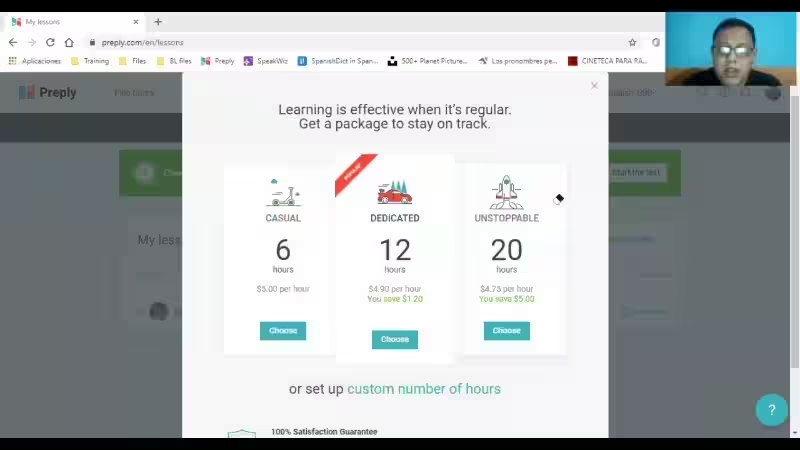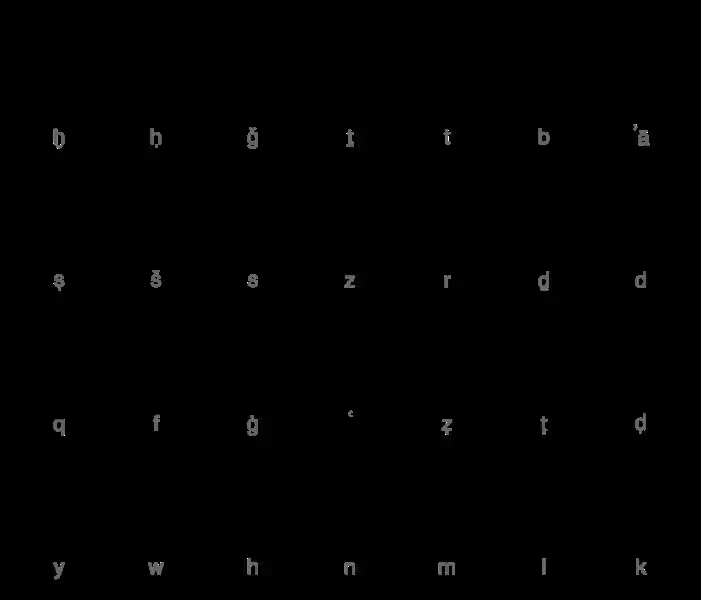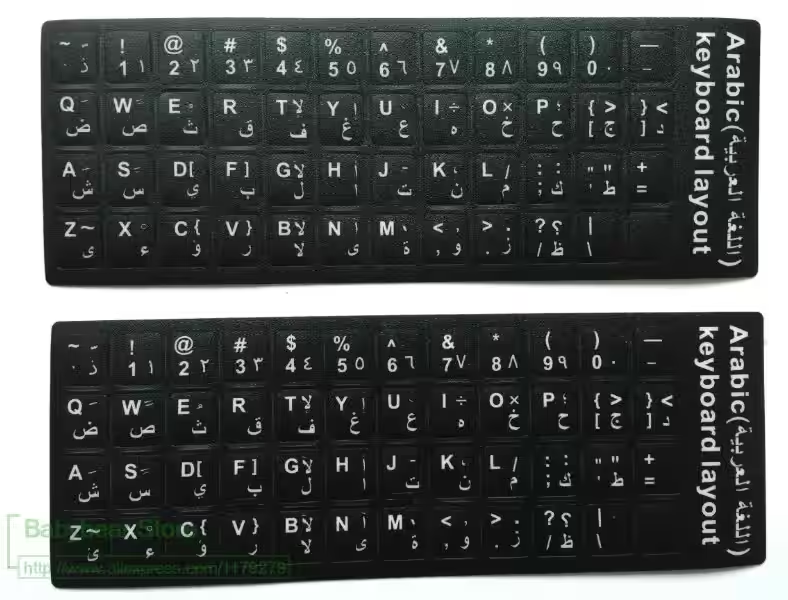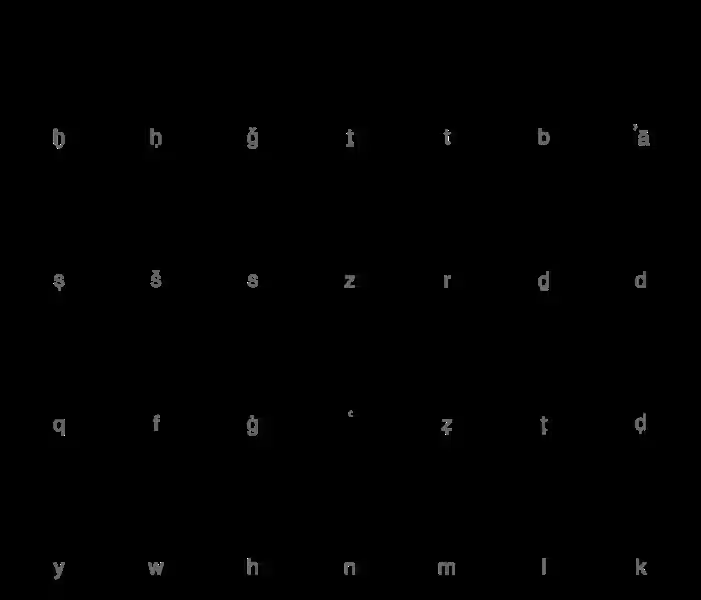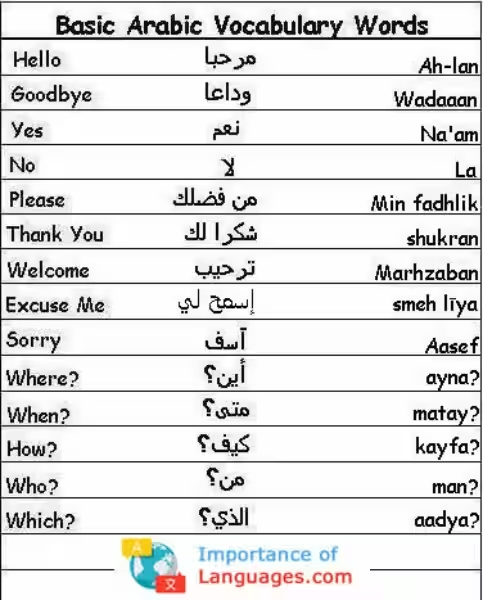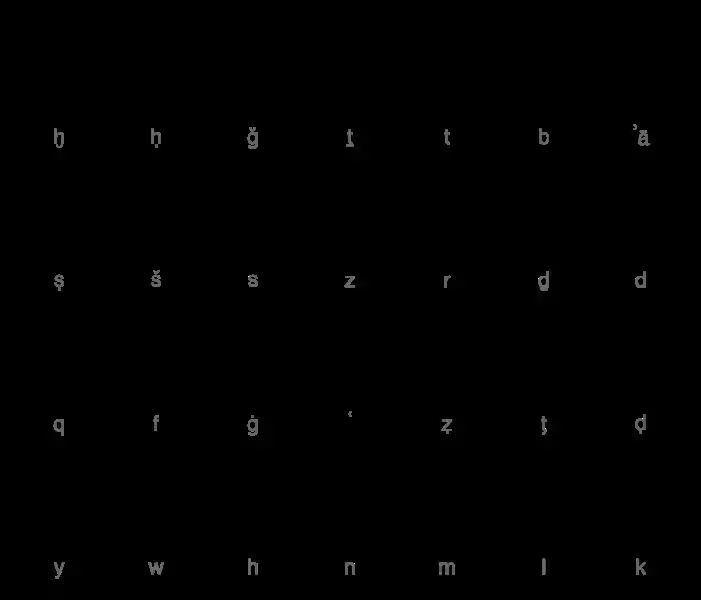
Whether you’re haggling at a market, inquiring about the price of a product, or simply trying to understand how much time you have left, knowing how to say “how much” in Arabic is essential for effective communication. This article will delve into the intricacies of expressing “how much” in Arabic, exploring various options and providing practical examples to help you navigate different situations with confidence.
The Versatile “Kam”
The most common and versatile way to ask “how much” in Arabic is with the word “kam” (كم). This word serves as the foundation for expressing quantity, price, and even time in Arabic. “Kam” is a flexible word that adapts to the gender and number of the noun it modifies, making it a valuable tool in your Arabic vocabulary.
Gender and Number Variations
“Kam” undergoes slight changes depending on the gender and number of the noun it accompanies. For example, when referring to a masculine singular noun, “kam” becomes “kamun” (كمون). Similarly, when referring to a feminine singular noun, “kam” transforms into “kami” (كمي).
Consider these examples:
- Kamun flus (كمون فلوس) – How much money?
- Kami kitaab (كمي كتاب) – How much for the book?
Expanding “Kam” with Nouns and Pronouns
To make your questions more specific, “kam” is often followed by a noun or a pronoun to clarify what you’re inquiring about. For instance, “kamun sa’a” (كمون ساعة) means “how many hours?”, while “kamun kilo” (كمون كيلو) translates to “how many kilos?”.
Here are a few more examples:
- Kamun darham (كمون درهم) – How many dirhams?
- Kami shahr (كمي شهر) – How many months?
- Kamun bayt (كمون بيت) – How many houses?
Beyond “Kam”: Exploring Other Options
While “kam” reigns supreme as the go-to phrase for “how much,” there are other ways to ask about quantity or amount in Arabic, each with its own nuances and usage.
“Maadha” for General Inquiry
“Maadha” (ماذا) is a more general way to ask about quantity, but it can also mean “what” or “which.” It’s less specific than “kam” and is typically used in situations where you’re not seeking a particular number or amount. For example, “Maadha as’ar al-kitab?” (ماذا سعر الكتاب؟) translates to “What is the price of the book?”
Specific Phrases for Specific Categories
For certain categories, there are more specific phrases to express “how much.” For instance, “kamun muud” (كمون مود) is used to ask “how much money?” while “kamun sa’a” (كمون ساعة) is used to inquire “how many hours?”. These specialized phrases add precision and clarity to your inquiries.
Mastering “How Much” in Arabic
Understanding how to say “how much” in Arabic is a crucial step towards fluent communication. By mastering the versatile “kam” and exploring other options like “maadha” and specific phrases for various categories, you’ll be able to confidently ask about quantities, prices, and amounts in a variety of situations. Remember that practice is key to fluency, so don’t hesitate to use these phrases in your daily interactions and conversations.
How Much in Arabic: Frequently Asked Questions
How do you say “How much” in Arabic?
The most common and versatile way to say “how much” in Arabic is “kam” (كم).
What is the meaning of “kam”?
“Kam” means “how much” or “how many” and can be used for both countable and uncountable items, as well as for prices.
How does “kam” change depending on the noun it modifies?
The word “kam” changes depending on the gender and number of the noun it modifies. For example, “kam” becomes “kamun” (كمون) when referring to a masculine singular noun, and “kam” becomes “kami” (كمي) when referring to a feminine singular noun.
How do you use “kam” to ask about a specific item?
“Kam” is often followed by a noun or a pronoun to specify what you are asking about. For example, “kamun flus” (كمون فلوس) means “how much money?”, and “kamun kitaab” (كمون كتاب) means “how much (for) the book?”
Can you use “kam” to ask about quantity or amount?
Yes, “kam” is also used to ask about quantity or amount. For example, “kamun sa’a” (كمون ساعة) means “how many hours?”, and “kamun kilo” (كمون كيلو) means “how many kilos?”.
What are some specific phrases for asking about specific categories?
There are more specific phrases for asking about specific categories, like “kamun muud” (كمون مود) for “how much money” and “kamun sa’a” (كمون ساعة) for “how many hours”.
Is there another way to ask about quantity in Arabic?
Yes, “Maadha” (ماذا) is another way to ask about quantity, but it is more general and can mean “what” or “which”. It is not as specific as “kam” and is usually used in situations where you are not asking about a specific number or amount.
- Use “Kam” (كم) for asking “how much” in Arabic.
- “Kam” is versatile for countable and uncountable items, and prices.
- “Kam” changes based on the noun’s gender and number.
- “Kamun” (كمون) is used for masculine singular nouns.
- “Kami” (كمي) is used for feminine singular nouns.
- “Kam” is followed by a noun or pronoun to specify the question.
- “Kamun flus” (كمون فلوس) means “how much money?”.
- “Kamun kitaab” (كمون كتاب) means “how much for the book?”.
- “Kam” is also used to ask about quantity or amount.
- “Kamun sa’a” (كمون ساعة) means “how many hours?”.
- “Kamun kilo” (كمون كيلو) means “how many kilos?”.
- “Kam” is used in situations like asking for prices, quantities, time, and weight.
- “Kam” usage varies based on context and Arabic dialect.
- “Maadha” (ماذا) is another way to ask about quantity but more general.
- “Maadha” can mean “what” or “which”.
- “Maadha” is less specific than “kam”.
- “Maadha” is used when not asking for a specific number or amount.
- Specific phrases exist for asking about specific categories.
- “Kamun muud” (كمون مود) means “how much money”.
- “Kamun sa’a” (كمون ساعة) means “how many hours”.
- Use the appropriate phrase based on the specific context.
- The resource provides a comprehensive overview of “how much” in Arabic.
- Equip yourself with the necessary tools to confidently ask about amounts.
- Learn how to ask about quantities and prices in various situations.
- Understanding “how much” in Arabic is essential for communication.
- Mastering “kam” is crucial when speaking Arabic.
- Practice using “kam” with different nouns and contexts.
- Be aware of dialectal variations when using “kam”.
- Use appropriate phrases for specific categories when necessary.
- This resource provides a solid foundation for learning Arabic.

